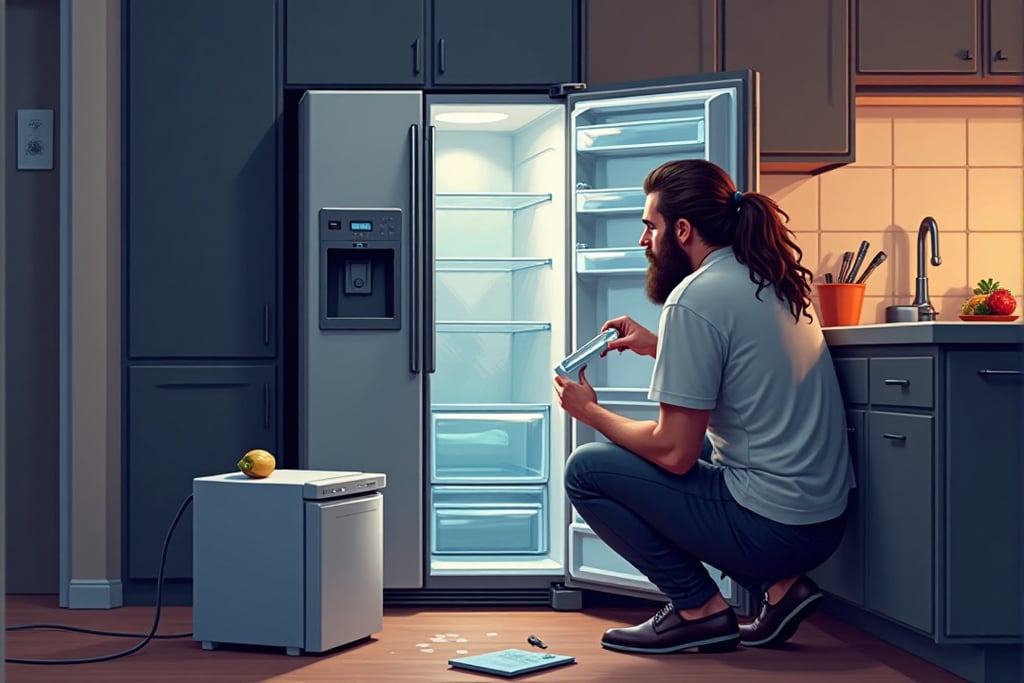Fridge Panic Averted: A DIY Troubleshooting Win
How a seemingly broken refrigerator turned into a reminder to stay calm, observe, and always check the basics before shelling out for a new appliance.
William
5/28/20252 min read


Over the weekend, Monica mentioned that the refrigerator felt a bit warm inside. I opened the door and, sure enough, it didn’t feel quite as cold as it should. There was some condensation on the glass shelves, which is never a good sign, but the freezer seemed to still be working fine. I assumed that maybe someone (probably Monica or her mom) had left the fridge door cracked open accidentally, and I didn’t think much of it at the time.
Fast forward to Monday evening — Monica got home from work and said the fridge still felt warm. I decided it was time to check more seriously. I have a cheap battery-powered thermometer/hygrometer that I usually use to monitor room temps, so I stuck it inside the fridge. A little later, it read 65°F — a far cry from the setpoint of 37°F.
I tried the age-old trick: unplug it, wait a bit, and plug it back in. After an hour of downtime and another hour of running, there was no real improvement. It was getting late, and I didn’t want our food to spoil, so I brought up the mini fridge we had stored away from a past fridge failure. We crammed as much as we could into it and crossed our fingers.
While moving food, I noticed frost building up on the back wall of the freezer — a possible clue. I unplugged the fridge again, left the doors open overnight to let it fully defrost, and hoped for the best.
Tuesday morning, I plugged it back in, making sure the doors sealed properly. The internal temp started at 74°F but dropped to the low 60s within an hour. Encouraged, I gave it time, checking in periodically throughout the day. About six hours later, the fridge hit 37°F — right where it should be.
Still cautious, I put only a few items back in, keeping an eye on temps and humidity. When everything stayed stable, we gradually moved the rest of the food back in. By that night, all was well — and it still is.
What caused the problem? My best guess: the freezer was overloaded, blocking the vent that moves cold air from the freezer into the fridge. We’re now more mindful of airflow, and we’re even looking into better storage solutions to avoid this in the future.
As a bonus lesson, I had recently let an extended warranty expire. I'd even dodged calls offering to renew it. At first I worried I’d regret that decision, but in the end, I didn’t need the warranty — just a little patience and observation.
With my job ending soon, the last thing we needed was an expensive appliance replacement. Thankfully, we avoided that fate. It’s a reminder: sometimes things aren’t as broken as they seem — and a little effort can save you a lot of money.
